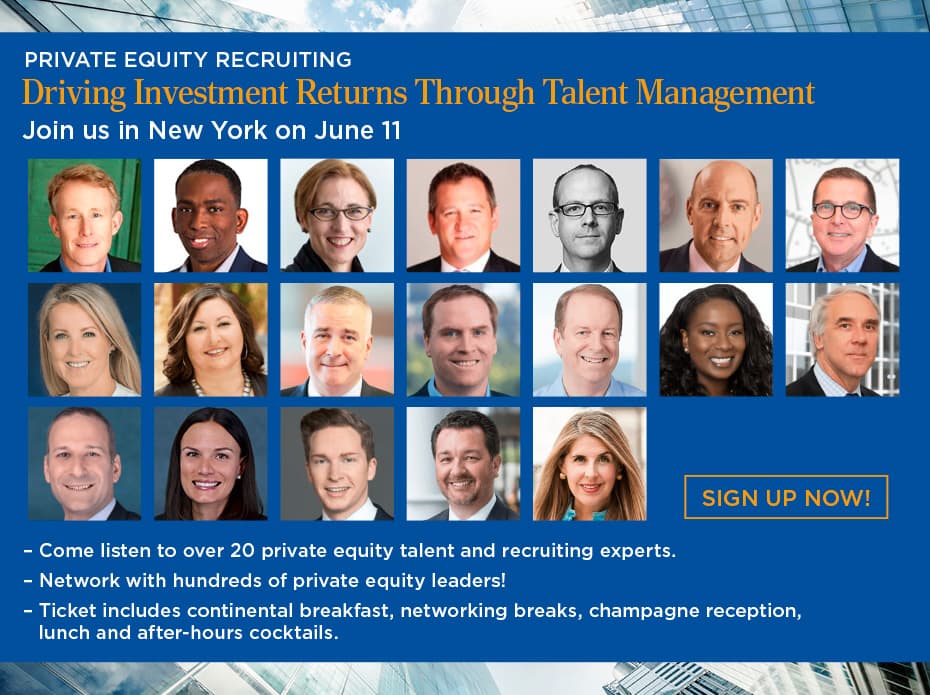Why Total Well-Being is the Biggest Culture Shift to Happen in Decades

December 13, 2019 – In today’s increasingly complex world, people are expected to respond to emails, texts, phone calls, instant messages and social media while communicating in-person with customers and colleagues at work and managing the many competing demands of their personal lives and families.
“As leaders, we are expected to manage our own stress while demonstrating that we genuinely care for our people and how they deal with stress,” said Joseph E. Fournier, vice chairman and president for InveniasPartners. “Holidays, vacations and staycations offer a chance to think about the gifts in our lives.”
Over the years, the term ‟work-life balance” has emerged to describe a lifestyle where people can successfully blend the competing demands of their professional and personal lives. In today’s complex business climate, encouraging and enabling employees to achieve “work-life balance” is no longer enough.
Putting people first and taking care of people is the new normal, with standards on par with real time feedback, compensation reviews, career mobility and development tracks and milestone recognition programs. “The evolution of a people-centered perspective is that leaders must now focus on total well-being for both their companies and employees to be even more successful,” said Mr. Fournier.
The Case for Well-Being
“As I have advanced my career and stepped up for new leadership roles, I have listened to many CEOs who believe that it’s critical to put people first and to take care of people,” Mr. Fournier said. Anne Mulcahy, former Xerox chairman and CEO and lead director of Johnson & Johnson, noted: “Employees who believe that management is concerned about them as a whole person – not just an employee – are more productive, more satisfied, more fulfilled. Satisfied employees mean satisfied customers, which leads to profitability.”
 Joseph E. Fournier is responsible for making IneveniasPartners the executive search and talent advisory firm of choice for progressive, people-focused and forward-thinking healthcare organizations across the nation. During a distinguished career at leading healthcare systems, he focused on operating and transforming large and complex organizations with an eye toward leading transformation, developing exceptional leaders and workforce planning to provide safe, affordable, outstanding service to patients, customers and communities. Prior to becoming a nationally recognized leader in human resources, he was an accomplished attorney and U.S. Air Force officer.
Joseph E. Fournier is responsible for making IneveniasPartners the executive search and talent advisory firm of choice for progressive, people-focused and forward-thinking healthcare organizations across the nation. During a distinguished career at leading healthcare systems, he focused on operating and transforming large and complex organizations with an eye toward leading transformation, developing exceptional leaders and workforce planning to provide safe, affordable, outstanding service to patients, customers and communities. Prior to becoming a nationally recognized leader in human resources, he was an accomplished attorney and U.S. Air Force officer.
“Well said, I agree completely,” Mr. Fournier said. “Many employers understand that productivity and organizational profitability are closely linked to employee engagement. Savvy leaders take it to the next level as they recognize that employee engagement is tied closely to the total well-being of their people.”
Related: What Motivates People to Switch Jobs
“Moreover, with increasing levels of stress and anxiety among workers, many see that total well-being can reduce rising costs and prevent, delay and manage chronic or debilitating health conditions among their employees,” he said. “To be happy, healthy and engaged at work, team members must experience health in their career, mind and body. That said, I believe that well-being must soon become a necessary leadership competency in addition to other competencies for effective leaders such as ‘leads with integrity,’ ‘inspires others,’ and ‘fosters innovation.’”
A New Leadership Pathway
To establish well-being as a leadership competency, organizations must integrate it into their everyday thinking and work. Mr. Fournier laid out some practical tips to consider while building the framework for wellness leadership:
- Build a Total Well-Being Learning Curriculum:Total well-being encompasses a holistic approach to wellness – professionally, physically and mentally. It goes far beyond programs such as tobacco cessation, exercise and employee assistance and focuses on health in career, mind and body. “For leaders, that means learning how to take care of employees through a new lens and innovating through planning, programming and cultural integration,” Mr. Fournier said. “Chief learning officers will be called upon to develop experiential learning programs centered on how to integrate total well-being into the daily work of leaders and employees.”
 Achieving Work/Life Balance Sometimes Means Working Weekends
Achieving Work/Life Balance Sometimes Means Working Weekends
To maintain worker engagement, leaders must strike a balance between the fast pace of an ever-shifting global business cycle and creating a culture that values employee well-being, says a new report from Korn Ferry. Top recruiters from Taplow Executive Search, Hanold Associates, ZRG Partners, Alder Koten, Tom Spry Executive Search, Higher Education Leadership Search, Wilton & Bain, ChampionScott Partners, Buffkin/Baker, IRC Global Executive Search Partners, Bullhorn, Human Capital Group, Carmichael Fisher and Watermark Search International also lend their thoughts in this end of the summer exclusive.
- Model Total Well-Being Behaviors:Culture is shaped every day, every minute, at every interaction. Individually and collectively as leaders, we are responsible for creating positive, safe and inclusive environments where people can thrive. “When it comes to total well-being, the same principles hold true,” said Mr. Fournier. “The board, CEO and senior leaders must lead openly on wellness; it cannot be one of many programmatic bullet points with key performance indicators placed on the senior or department leader’s agenda. More than hearing talking points about wellness, a team must see their leader actively model healthy behaviors tied to career, mind and body.”
Related: What Workers Want May Surprise You
- Integrate Total-Well-Being Thinking into Operating Plans and Programs:For wellness to be even more successful in the future, it must be viewed holistically and comprehensively by organizations and their leaders. It must become part of the companies’ overall decision making and instilled into their cultures until it becomes part of their DNA. “Indeed, chief people officers will be asked to benchmark performance as total well-being will be measured in new ways such as tracking the financial capability of staff and creating inclusion indexes that correlate to overall organization success,” Mr. Fournier said.
Shaping culture is not about changing people; it is about meeting people where they are and enabling them to be their very best in life as professionals and people. “As leaders, it means understanding that total well-being is both an individual and institutional journey,” Mr. Fournier said. “Everyone starts from a different place and we each follow a different path to achieve and sustain our well-being. For employees to reach their maximum engagement and productivity, leaders must provide the expertise, tools, support and encouragement along the way.”
Said Mr. Fournier: “In this holiday season of thanks and giving, how will you care for your people? How will you contribute to their wellness? How will you ensure your own total well-being? Take a moment to reflect and relax this week – it is a good place to start the journey.”
Related: Work-Life Balance Matters, But Does It Matter Most?
Contributed by Scott A. Scanlon, Editor-in-Chief; Dale M. Zupsansky, Managing Editor; and Stephen Sawicki, Managing Editor – Hunt Scanlon Media












